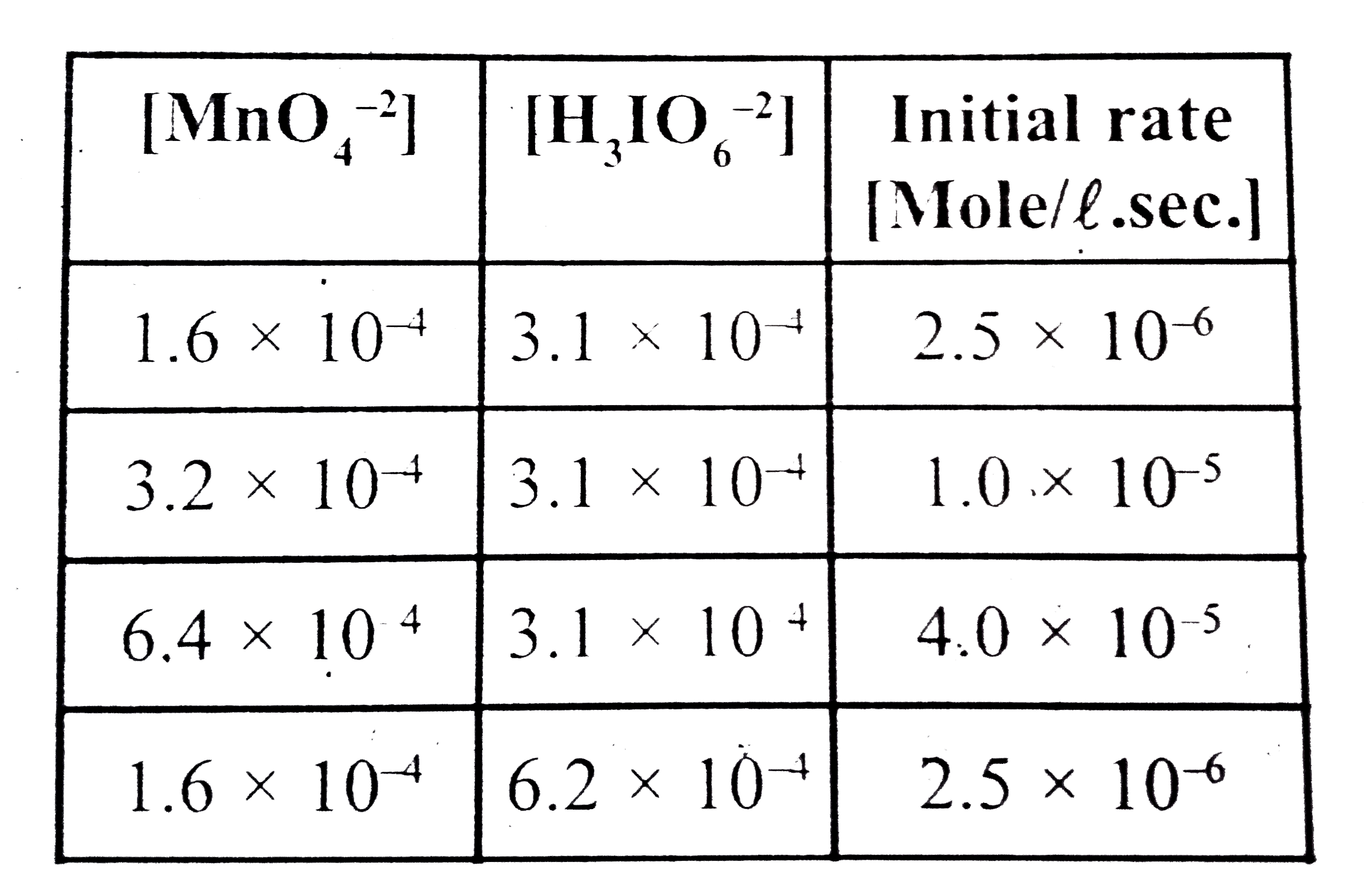α-D-glucopyranose reacts with periodate ion as follows:
C6H12O6(aq)+IO−4(aq)→HCOOH(aq)+HCHO(aq)+IO−3(aq)
In a typical experiment, a 1 mL solution of α-D-Glucopyranose required 80mL 0.25 M periodate solution to reach the equivalence point. The solution is made free from formic acid and iodate ion by extraction and then treated with H2O2, an oxidizing agent, oxidizing all formaldehyde into formic acid and finally titrated against 0.1 M NaOH solution. Titration required 40 mL of alkali to reach the equivalance point. Determine molarity of α-D-glucpyranose solution.
The correct Answer is:4
Step by step video, text & image solution for alpha-D-glucopyranose reacts with periodate ion as follows: C_(6)H_(12)O_(6)(aq)+IO_(4)^(-)(aq) to HCOOH(aq)+HCHO(aq)+IO_(3)^(-)(aq) In a typical experiment, a 1 mL solution of alpha-D-Glucopyranose required 80mL 0.25 M periodate solution to reach the equivalence point. The solution is made free from formic acid and iodate ion by extraction and then treated with H_(2)O_(2), an oxidizing agent, oxidizing all formaldehyde into formic acid and finally titrated against 0.1 M NaOH solution. Titration required 40 mL of alkali to reach the equivalance point. Determine molarity of alpha-D-glucpyranose solution. by Chemistry experts to help you in doubts & scoring excellent marks in Class 11 exams.
Updated on:21/07/2023Topper's Solved these Questions
Similar Questions
Knowledge Check
0.1MNaOH(aq) solution having density 1.2gm/ml will have molality
A0.2MB0.15MC0.08MD0.12MThe Bronsted acids in the reversible reaction are HCO−3(aq.)+OH−(aq.)CO2−3(aq.)+H2O
AOH− and CO2−3BOH− and H2OCHCO−3 and H2ODHCO−3 and CO2−3The dichromate ion is in cquilibrium with chromate ion in aqucous Solution as:
Cr2O2−7(aq)+H2O⇔2CrO2−4(aq)+2H+(aq)
The oxonion hasAsame oxidizing property in acidic and alkaline solutionsBbetter oxidizing property in acidic solution.Cetter oxidizing property in alkaline solution.Dno oxidizing property in acidic or alkaline solution.
[" 12,Balance the following redox reaction by ion - electron method: "],[Cr_(2)O_(7)d(aq)+SO_(2)(q)rarr Cr^(3+)(aq)+SO_(4)^(2)(aq)" (acidic medium) "]
View SolutionA complex of cobalt with ammonia is analyzed for determining its formula, by titrated it against a standardized acid as follows :
Co(NH3)xCl3(aq)+HCl→NH+3(aq)+Co3+(aq)+Cl−(aq)
A 1.58 g complex required 23.63 mL 1.6 M HCl to reach the equivlance point. Determine formula. If the reaction mixture at equivalence point is trated with excess of AgNO3 solution, what mass of AgCl will precipitate out ?
View SolutionCalculate the degree of ionisation and concentration of H3O+ ions in a solution of 0.01 M formic acid (Ka=2.1×10−4)
View SolutionA sample of 28 mL of H2 O2 (aq) solution required 10 mL of 0.1 M KMnO4 (aq) solution for complete reaction in acidic medium. What is the valume strength of H2O2 ? X
View SolutionThe overall equation for the reaction between sodium carbonate solution and dilute hydrochloric acid is
Na2CO3(aq.)+2HCl(aq.)→NaCl(aq)+CO2(g)H2O(l)
If you had the two solutions of the same concentration, you would have to use double volume of HCl to reach the equivalence point.
Indicators change their colours at the end point of the reaction and hence we are able to know the end points (equivalence points of reactions).
25 ml of Na2CO3 solution requires 100 ml of 0.1 M HCl to reach end point with phenolphthalein indicator. Molarity of HCO3− ions in the resulting solution is
View Solution

